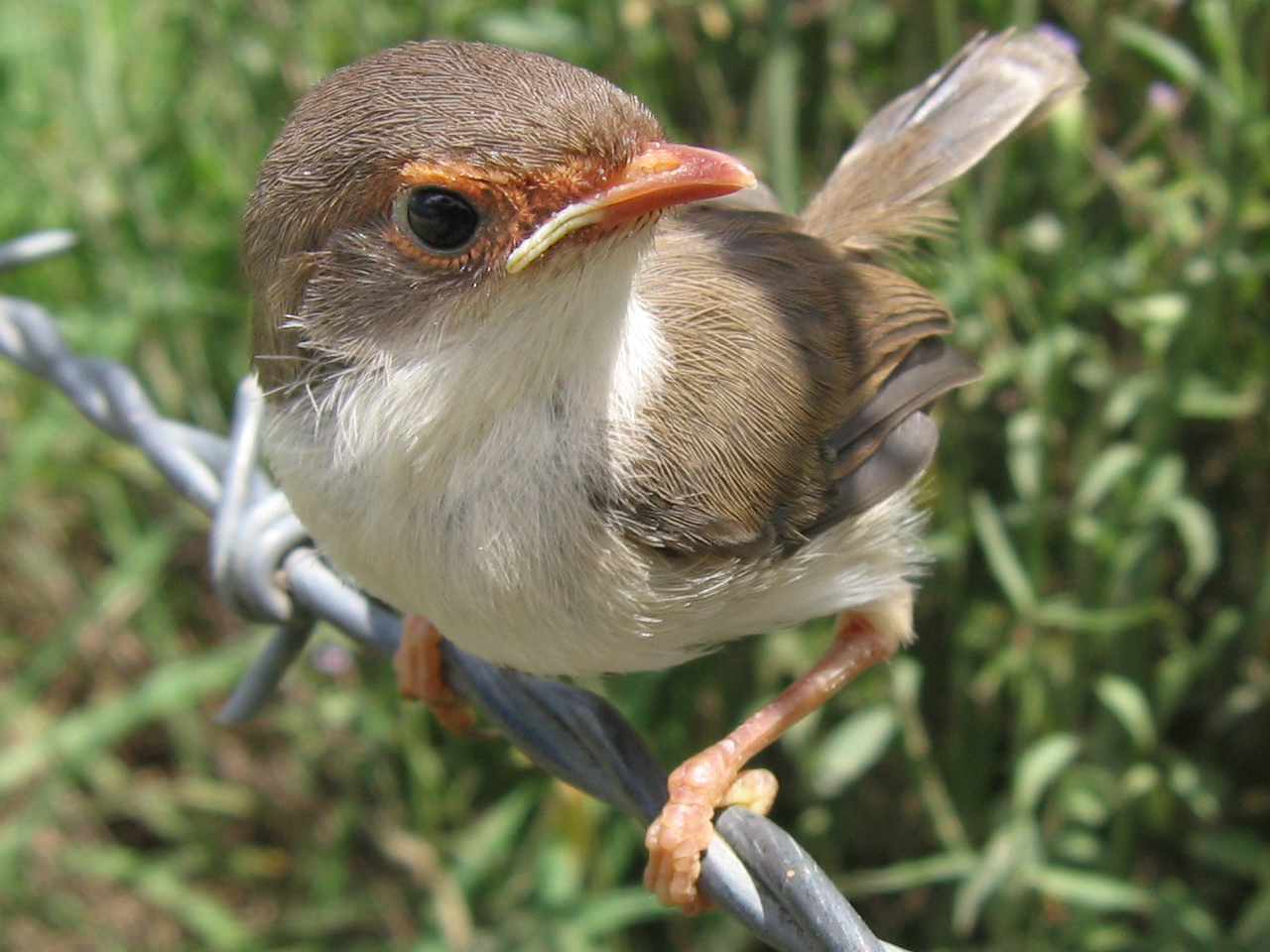Birds

Birds (class Aves) are bipedal, warm-blooded, egg-laying vertebrate animals. Birds evolved from theropod dinosaurs during the Jurassic period and the earliest known bird is the Late Jurassic Archaeopteryx. Ranging in size from tiny hummingbirds to the huge Ostrich and Emu, there are around 10,000 known living bird species in the world, making them the most diverse class of terrestrial vertebrates.
Modern birds are characterised by feathers, a beak with no teeth, the laying of hard-shelled eggs, a high metabolic rate, a four-chambered heart, and a lightweight but strong skeleton. All birds have forelimbs modified as wings and most can fly, though the ratites and several others, particularly endemic island species, have lost the ability to fly. Birds also have unique digestive and respiratory systems that are highly adapted for flight.
Many species of bird undertake long distance annual migrations, and many more perform shorter irregular movements. Birds are social and communicate using visual signals and through calls and song, and participate in social behaviours including cooperative hunting, cooperative breeding, flocking and mobbing of predators. Birds are primarily socially monogamous, with engagement in extra-pair copulations being common in some species—other species have polygamous or polyandrous breeding systems. Eggs are usually laid in a nest and incubated and most birds have an extended period of parental care after hatching.
Birds are economically important to humans: many are important sources of food, acquired either through hunting or farming, and they provide other products. Some species, particularly songbirds and parrots, are popular as pets. Birds figure prominently in all aspects of human culture from religion to poetry and popular music. About 120–130 species have become extinct as a result of human activity since 1600, and hundreds more before this. Currently around 1,200 species of birds are threatened with extinction by human activities and efforts are underway to protect them.

Birds (class Aves) are bipedal, warm-blooded, egg-laying vertebrate animals. Birds evolved from theropod dinosaurs during the Jurassic period and the earliest known bird is the Late Jurassic Archaeopteryx. Ranging in size from tiny hummingbirds to the huge Ostrich and Emu, there are around 10,000 known living bird species in the world, making them the most diverse class of terrestrial vertebrates.
Modern birds are characterised by feathers, a beak with no teeth, the laying of hard-shelled eggs, a high metabolic rate, a four-chambered heart, and a lightweight but strong skeleton. All birds have forelimbs modified as wings and most can fly, though the ratites and several others, particularly endemic island species, have lost the ability to fly. Birds also have unique digestive and respiratory systems that are highly adapted for flight.
Many species of bird undertake long distance annual migrations, and many more perform shorter irregular movements. Birds are social and communicate using visual signals and through calls and song, and participate in social behaviours including cooperative hunting, cooperative breeding, flocking and mobbing of predators. Birds are primarily socially monogamous, with engagement in extra-pair copulations being common in some species—other species have polygamous or polyandrous breeding systems. Eggs are usually laid in a nest and incubated and most birds have an extended period of parental care after hatching.
Birds are economically important to humans: many are important sources of food, acquired either through hunting or farming, and they provide other products. Some species, particularly songbirds and parrots, are popular as pets. Birds figure prominently in all aspects of human culture from religion to poetry and popular music. About 120–130 species have become extinct as a result of human activity since 1600, and hundreds more before this. Currently around 1,200 species of birds are threatened with extinction by human activities and efforts are underway to protect them.